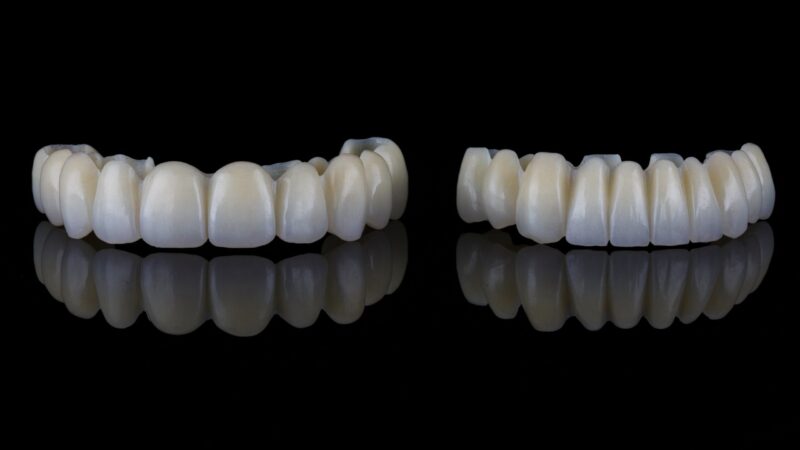We believe that ceramic veneers made bespoke to your own measurements and ideal shade are one of the best forms of cosmetic dental treatments available in the UK and, if performed correctly, all over the world.
Following are a few photos with ceramic veneers from our amazingly satisfied clients:
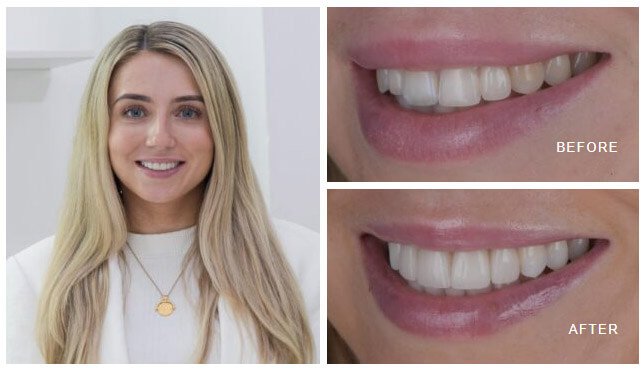
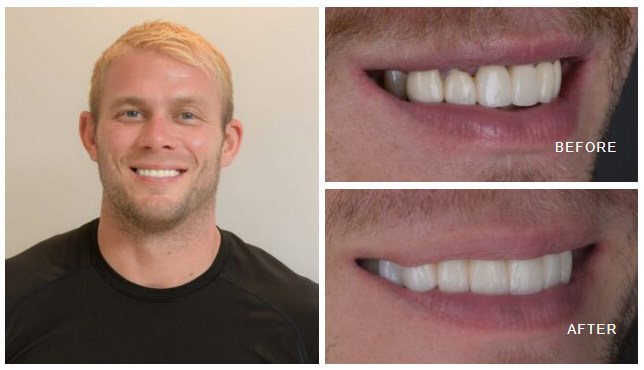
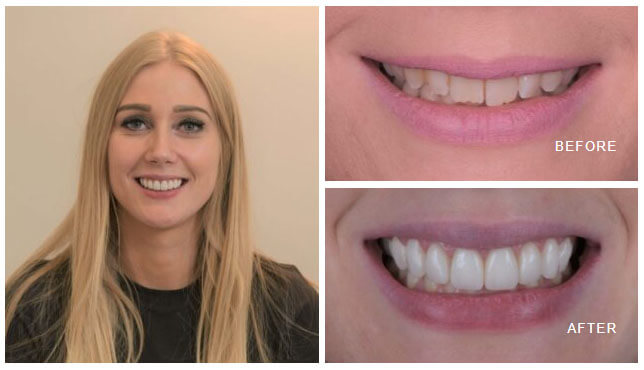
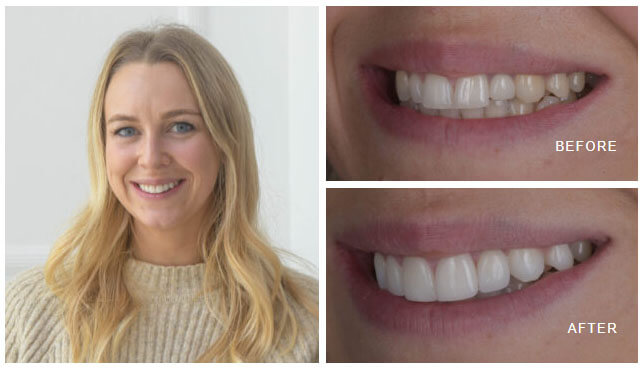
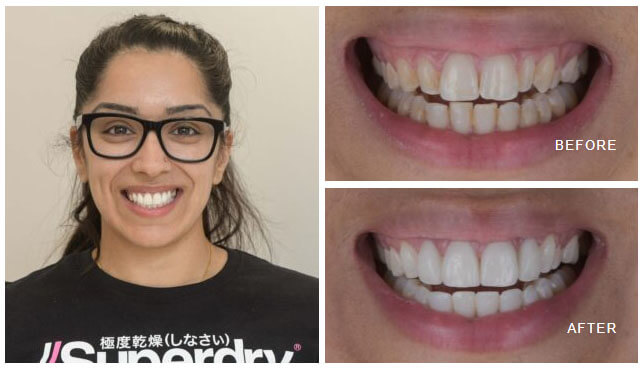
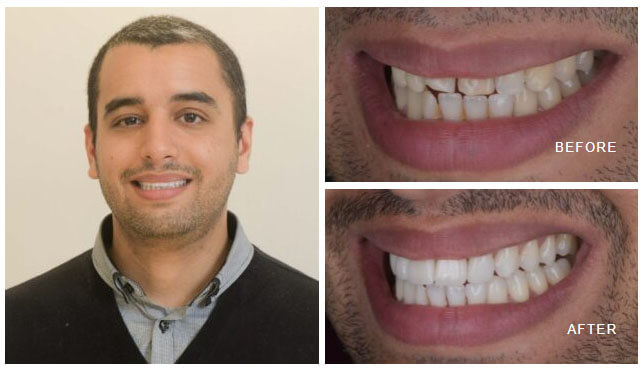
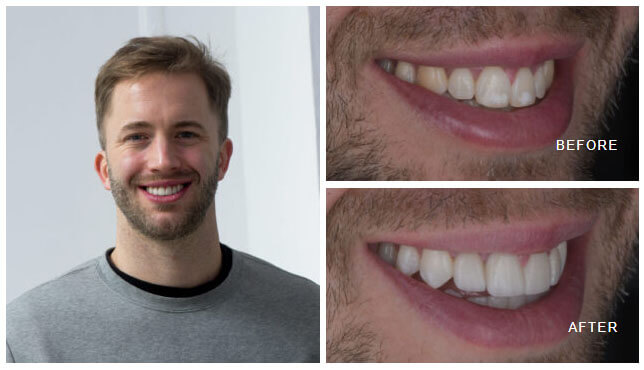

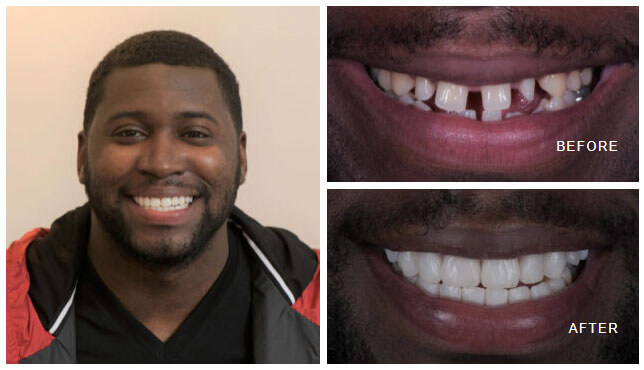
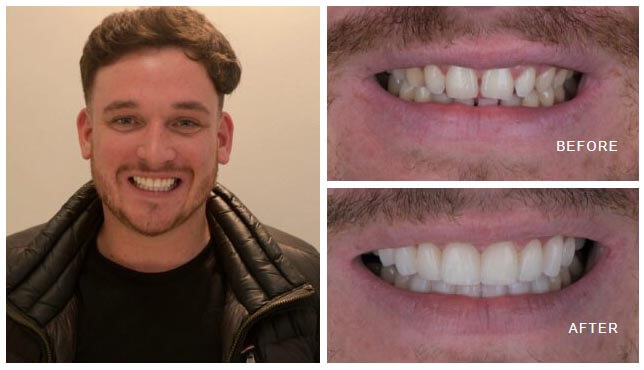
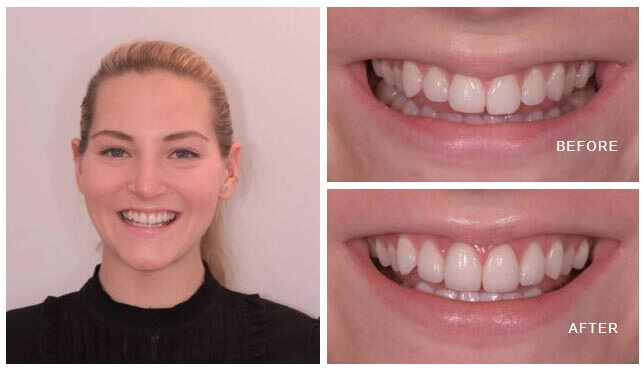

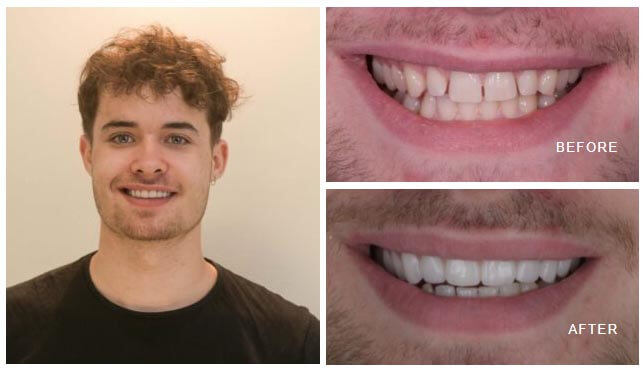
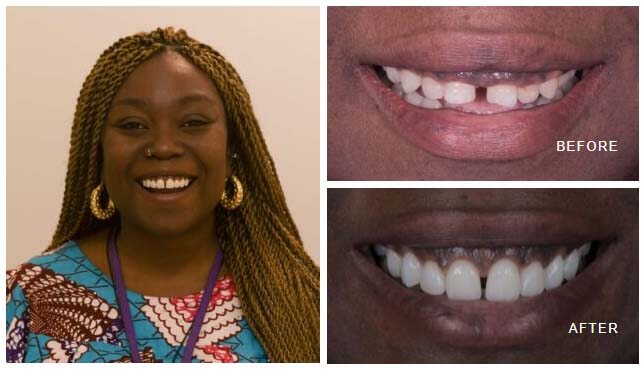
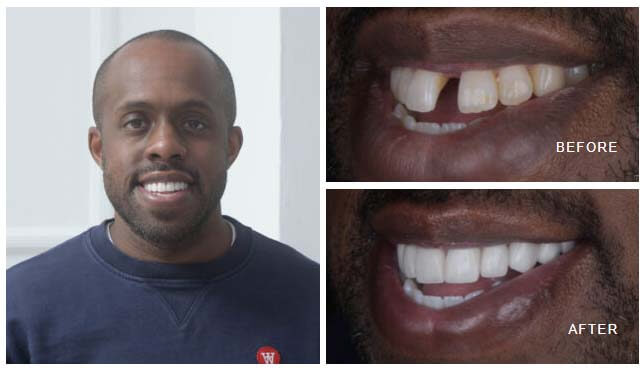
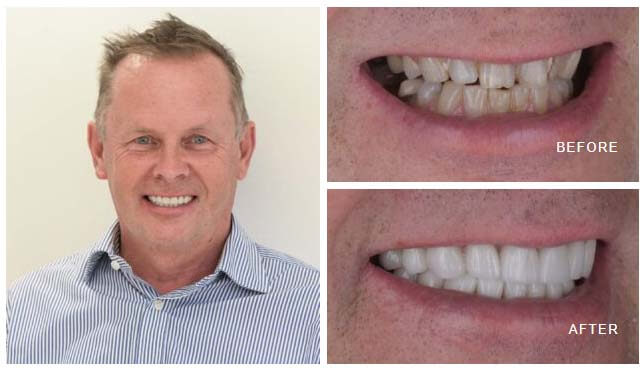
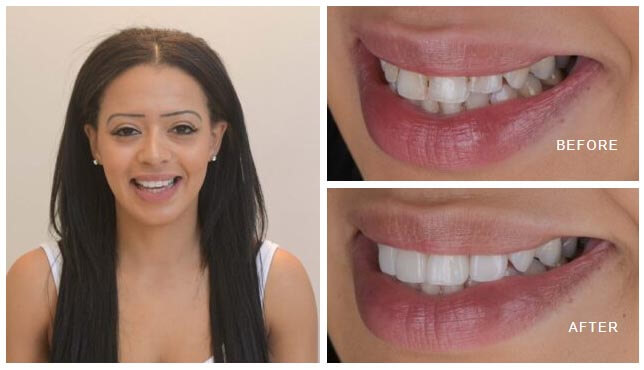
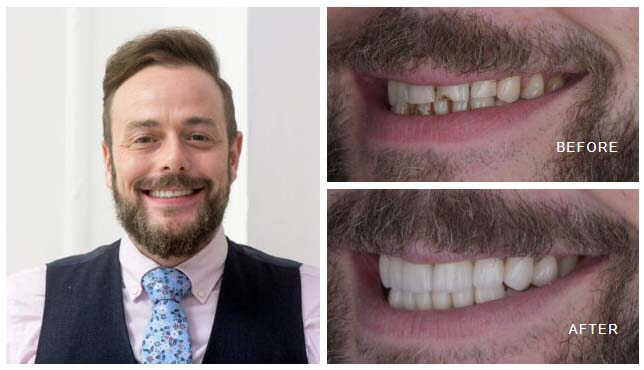
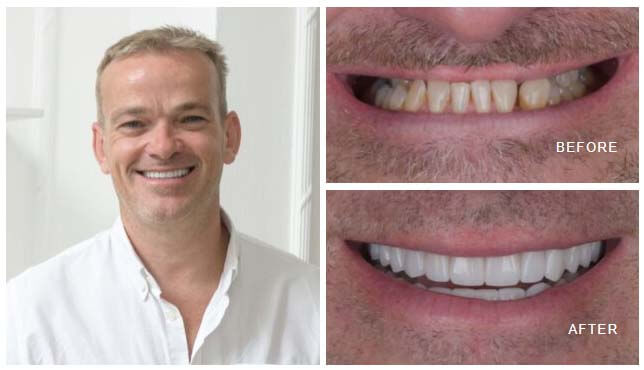
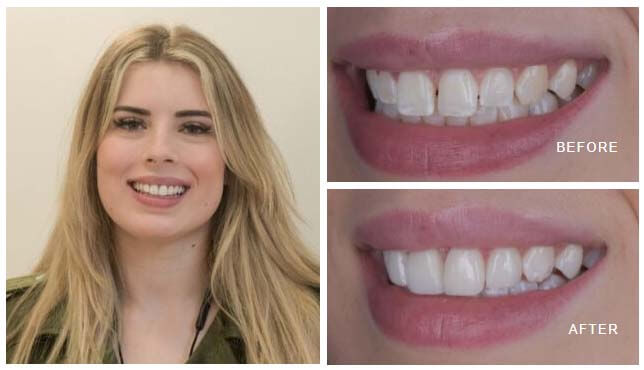
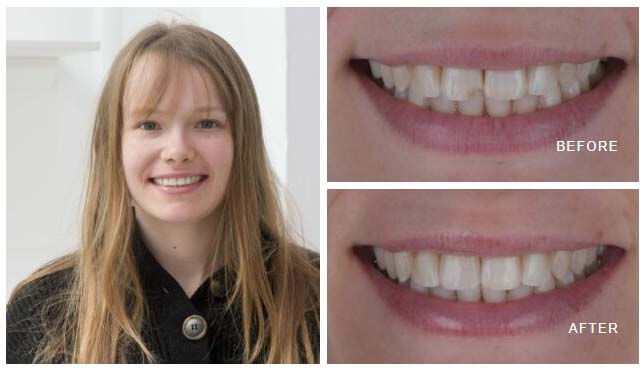
However, some people may be hesitant about receiving veneers. This may be down to the fact that your natural teeth will have to be contoured slightly before you can receive veneers, or it may be down to the price.
One alternative treatment to porcelain veneers that people may find during their research online is clip-on veneers. You may also see these referred to as removable or temporary veneers.
There are some products that you can actually order and perform through products such as Snap-on Smile which is prescribed by dentists.
How do these clip in veneers compare to authentic veneers made from ceramic materials? Find out more in this post where we will answer some of the web’s most frequently asked questions about Snap-on Smile and clip in veneers.
What are clip in veneers?
Clip in veneers are removable veneer teeth that create the appearance of straight, white teeth while hiding your natural teeth beneath them.
In theory, clip in veneers perform the same job as ceramic veneers do. In reality, the results are very different.
Rather than being fit to each of your teeth individually, clip in veneers come as one unit that you insert over all of your teeth much like you do with a retainer or a gumshield.
A benefit of this is that the enamel on your natural teeth will not need to be shaved away in order to fit the clip-on veneers.
However, for our veneers in London, we aim to preserve 95% of our patients’ natural teeth. This large amount may come as a surprise to people who are only familiar with veneers from dental tourism.
How do clip in veneers work?
Clip in veneers are made to fit you by taking a mould of your natural teeth. Some products require a cosmetic dentist to take the impressions, and some send you the material to create your own impressions at home.
Having your impressions taken by a trained, reputable dentist is a much better option. Not only will your results be to a higher standard, but you can trust that the service will be performed safely and with an appropriate material.
As the name suggests, these veneers clip onto an individual’s natural teeth by pressing them over the teeth where they clip into place. This hides any cosmetic issues with the natural teeth underneath such as discolouration or small gaps.
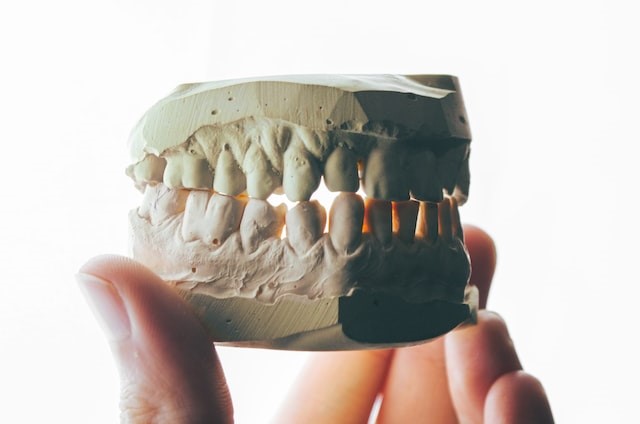
Can you eat with clip in veneers?
Some clip in veneer manufacturers claim that you can eat while wearing them, but this comes with a lot of caveats. You cannot eat anything chewy, hard, hot, or that will stain the veneers.
Finding clip on veneers that you can eat with just like you could with your natural teeth (or ceramic veneers) is going to prove an impossible task. The combination of the material being very thin and your own natural teeth providing a biting force beneath the veneers will lead to unavoidable damage to the veneers if you bite or chew anything too hard.
Having to remove your veneers before every meal, regardless of whether you are at home, a party, or in a restaurant, will be a hassle that most will want to avoid and demonstrates the gap in class and performance of clip-on veneers compared to ceramic veneers.
Do clip in veneers damage teeth?
This depends on who takes the impressions and the quality of the materials used throughout the production process.
For example, if you are taking the impressions yourself with materials supplied by an online company, how can you be certain that you are using a safe material to do so? If you do not follow the correct instructions or you have been provided with an unsafe material, then you can cause serious damage to your natural teeth which may require expensive dental treatments to fix.
As for the veneers themselves, assuming that they fit correctly and abide by the correct instructions for use, they can be safe. Although, there is the possibility that long-term wear can exert pressure on your natural teeth and damage your tooth enamel. And many individuals claim that their gums become irritated or damaged by the top of the clip in veneers.
Are clip in veneers worth it?
No, the sacrifices made to quality for the sake of cost are not worth it when it comes to clip in and ceramic veneers.
While clip in veneers may be cheaper than ceramic veneers, they do not look as good, do not last as long, and require more maintenance to keep at their best.
See more about how clip in veneers compare to ceramic or porcelain veneers below.
Substandard aesthetics
Ceramic veneers are handmade to your individual teeth using best in class materials. Your dentist will preserve as much of your natural teeth as possible so that your smile still looks unique, and will also whiten your natural teeth that do not require veneers so that they match your new veneer teeth.
In comparison, clip in veneers hide all of your natural teeth even if they have no cosmetic issues. The result of this is a very ‘template’ smile that looks less realistic than ceramic veneers as it is just too ‘perfect’.
A common complaint that we see people make about clip in veneers is that they are too white. Surprisingly, this issue is actually less related to the shade of white used and more to do with the translucency of the material itself.
Our natural teeth are not completely opaque. This is why whitened natural teeth do not give off the same appearance as clip in veneers. Ceramic veneers have a natural-looking translucency to their makeup, whereas lesser-quality clip in veneers do not.
Longevity
Our ceramic veneers can last between 10 and 20 years before they need to be replaced, whereas clip in veneers will only last for a few years before they need to be replaced in order to remain at their best.
Maintenance
Our patients with ceramic veneers look after their new teeth just as they would their natural teeth: regular brushing and flossing.
In comparison, clip in veneers will need to be cleaned separately to your teeth every day either with a toothbrush or a cleaning tablet.
Hard and chewy foods can cause damage to any type of veneer, but as clip in veneers are not as strong as ceramic veneers, they are more prone to damage.
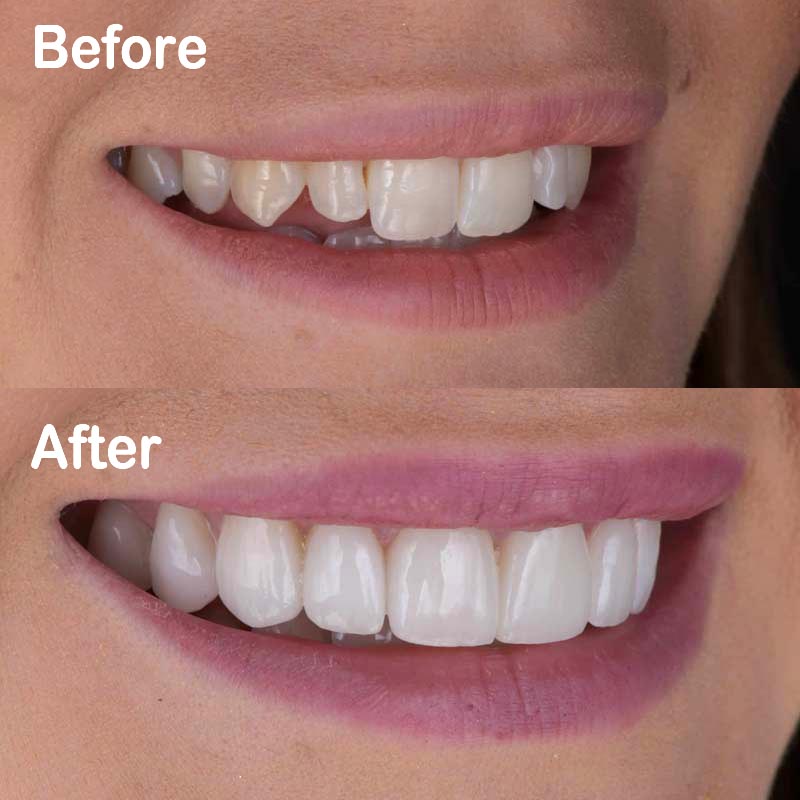
Ceramic veneers at Marylebone Smile Clinic
Clip in veneers are simply no match for the quality of ceramic veneers. If you still have any doubts, just take a look at examples of our ceramic work in our Smile Gallery and compare this to examples of clip on veneers that you can find online.
For a cheaper alternative to ceramic veneers with results superior to clip in veneers, see our composite bonding service.
If you would like to discuss the best options for your teeth with our main cosmetic dentist, get in touch with us for an e-consultation and we can provide you with no-obligation advice and explain what options you have to achieve your goals.
